Appaloosa spotting, named for an American breed of horse, is a combination of dark and light hair arranged in several very specific patterns that are completely different from pinto spotting patterns. Appaloosa spotting is caused by the gene called the leopard complex, or LP, which was isolated in 2003 by an international research group called The Appaloosa Project. The latest research indicates that the LP gene is actually varnish roan, but the original name was retained. The true Appaloosa coat pattern is always accompanied by some or all of these characteristics: white sclera around the eye, extensively striped hoofs, and mottled skin.
Varnish roan, the basis of the Appaloosa colour, is a mix of light and dark hairs. A horse with the LP gene but no modifying pattern gene will be a varnish roan Appaloosa, with “varnish” marks on the bridge of the nose, knees and hocks and dark and light hairs mixed throughout the body.
True leopards carry one copy of the LP gene but also have have a modifier gene called Pattern 1 that organizes the white and dark hairs, creating a white background covered with coloured spots, like the pattern of an adult Dalmatian dog. True leopards are born leopard, and the number and location of the spots does not change. The only thing that can change a leopard's spots is the gene for grey, which fades the spots and is thus undesirable.
Few-spot leopards are born nearly all white with varnish markings but almost no spots, due to having two copies of the LP gene instead of just one. Few-spot leopards will always produce an Appaloosa-marked foal, even when bred to a solid-coloured horse.
Non-leopard Appaloosas have a different modifier called Pattern 2 which sorts the coloured and white hairs to create a dark or partly dark body coat with white frosting or blanket beginning over the hips. The amount of white can vary widely and can be spotted or non-spotted (snowcap). Near-leopard is generally a full extension of blanket in which the horse is mostly white but with a dark or mostly dark head, neck and possibly legs. Pattern 2 horses can become more colourful every time the old coat is shed out. Some get more roaned over time or gain white “snowflake” spots. A foal born dark with a blanket and spots can end up all white but with the spots intact, so that it appears leopard, but these horses will have the spots concentrated over the hips, while a true leopard is spotted nose to tail to hoofs from the moment it is born.


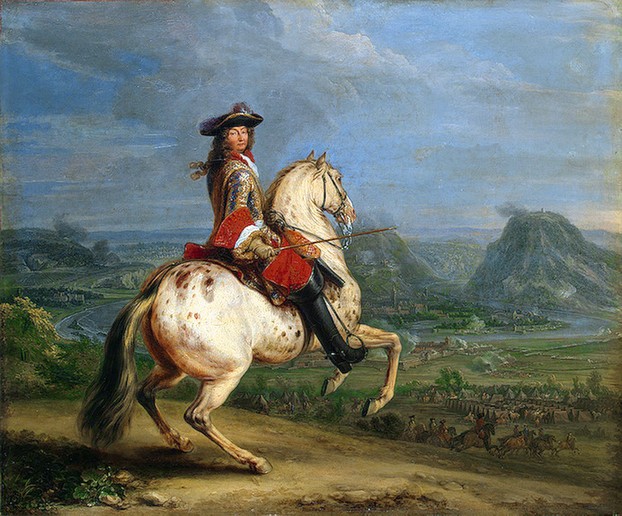

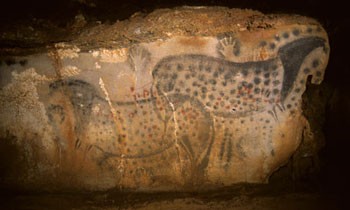
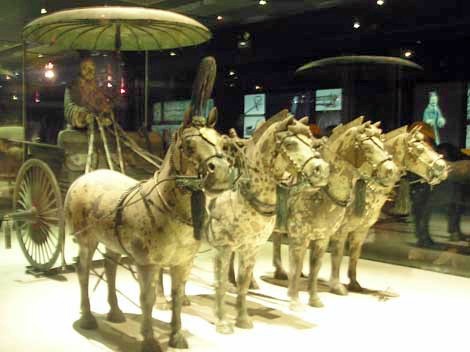
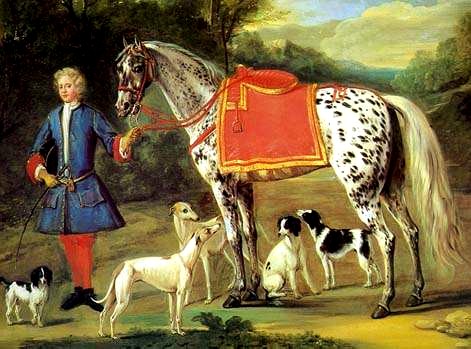
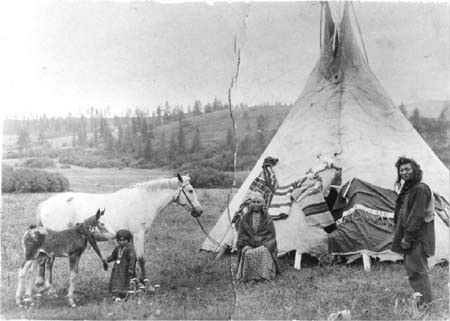
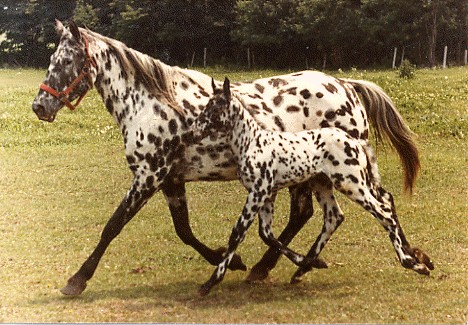









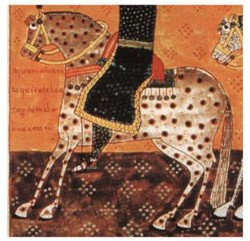

 Versatile Nova Scotia Duck Tolling Retrieverson 08/02/2014
Versatile Nova Scotia Duck Tolling Retrieverson 08/02/2014
 Should You Spay or Neuter Your Puppy?on 08/12/2014
Should You Spay or Neuter Your Puppy?on 08/12/2014
 Horse Racing History: the Preakness Stakeson 05/15/2014
Horse Racing History: the Preakness Stakeson 05/15/2014
 Dinosaurs Will Be On Display in Trenton, Ontario, Canadaon 07/29/2013
Dinosaurs Will Be On Display in Trenton, Ontario, Canadaon 07/29/2013

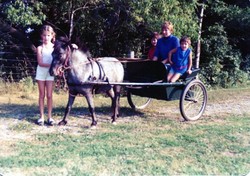
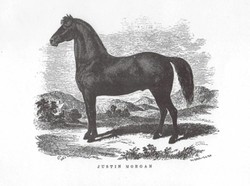
Comments
Very interesting. I never knew where the Appaloosa came from.
Wonderful!!! Really well researched and written! Enjoyed it!